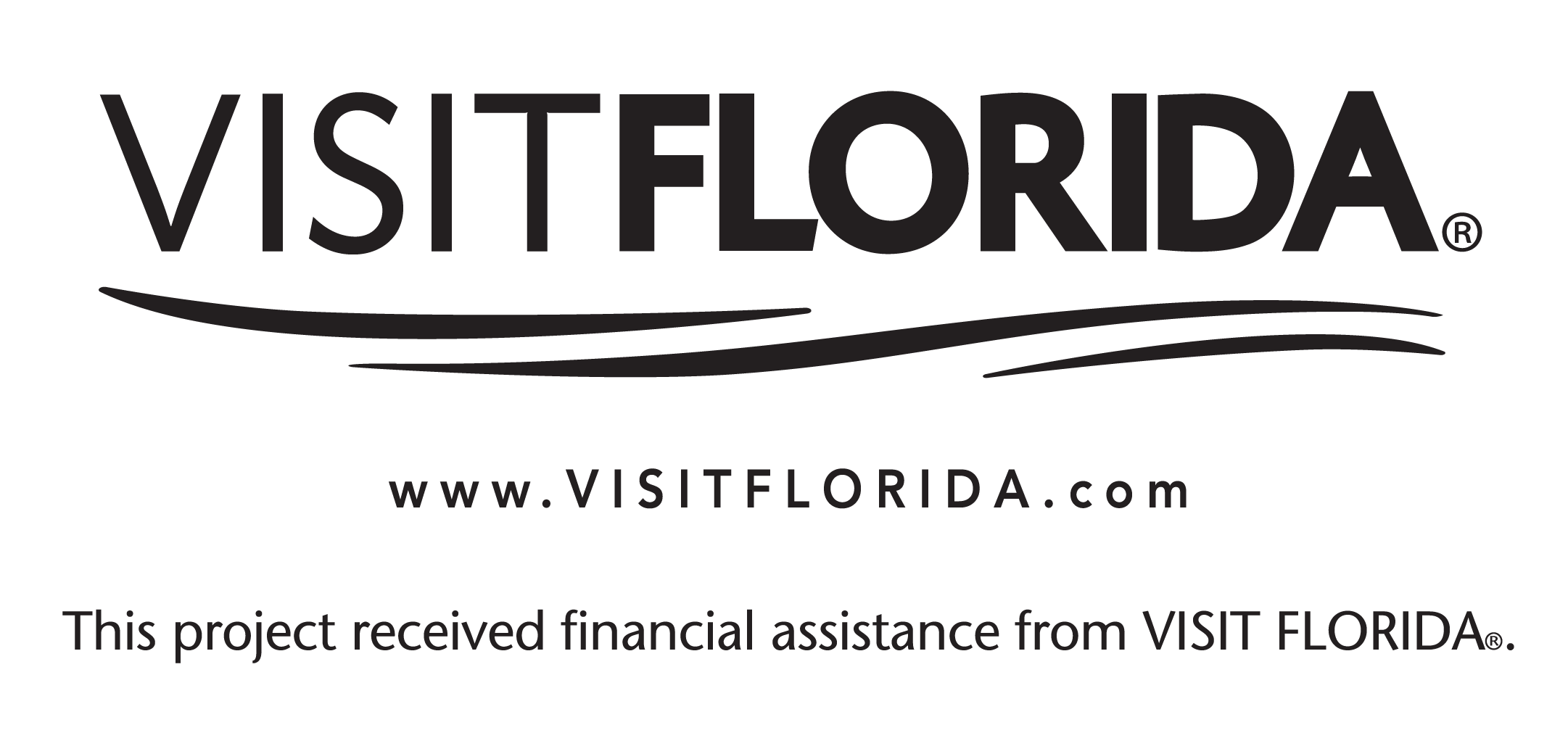We are each a tile in nature's mosaic.
Visit our Community Educator Resource Page
Arbus Magazine July - August 2012
Organization Awards Recognition to Two Local Projects
Bird Island Park Eco-System
One of Ponte Vedra's most beautiful public parks, and the only ecological park of its kind along the A1A Coastal Byway, Bird Island Park is a microcosm of the complex ecosystem of the First Coast. Visitors of every age get to experience three of the distinctive habitats that make North Florida unique - the Freshwater Marsh, Upland Hammock, and Coastal Dune.
Bird Island Park, at the northernmost section of the A1A Byway, presents a snapshot of animals, plants and migratory birds in one small four-acre area behind the Ponte Vedra Library. Listen to the new Bird Island Park Mobile Audio Tour to bring life to your park visit while you explore the interesting environmental treasures - so alive and animated! You will take away images of the natural Old Florida wild as you view beautiful mosaic's in the Storytelling Area of the park. Take advantage of your time to learn more!
The Freshwater Marsh
The Freshwater Marsh habitat relies upon a combination of native vegetation and naturally occurring weather events. The smaller bodies of water in this habitat often disappear during dry periods but are restored to their splendor after a rainfall. The freshwater marsh habitat also depends on fire to maintain its natural state, as it has for centuries.
Wading birds such as the Great White Egret and the Roseate Spoonbill flock to freshwater ponds to search for food and to hide in the thick marsh grasses. These birds are joined by reptiles and mammals such as the American Alligator and the North American River Otter.

Monarch Butterfly
(Danaus plexippus)
Get More Information

Dragonfly
(Anisoptera)
Get More Information

North American River Otter
(Lutra canadensis)
Get More Information
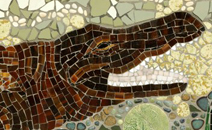
American Aligator
(Alligator mississippiensis)
Get More Information

Ruby Throated Hummingbird
(Archilochus colubris)
Get More Information
Coastal Dune
The Coastal Dune habitat with its unique scrub vegetation is the first line of defense against storm surges from hurricanes, tropical storms and nor’easters. Sea Oats and other salt-tolerant plants help to stabilize the dunes with their long root systems, helping to hold the sand in place and preventing shoreline erosion. Numerous animals make this habitat a permanent or temporary home. The Coastal Dune is a critical nesting and foraging habitat for resident and migrating shorebirds, several species of sea turtles, ghost crabs and many other varieties of coastal species. Some of these species are federally listed as endangered or threatened and are protected under the Endangered Species Act, an environmental law enacted by Congress in 1973.


Gopher Tortoise
(Gopherus polyphemus)
Get More Information
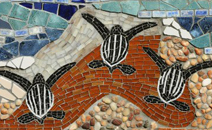
Leatherback Sea Turtles
(Dermochelys coriacea)
Get More Information
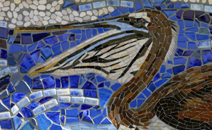
Brown Pelican
(Pelecanus occidentalis)
Get More Information
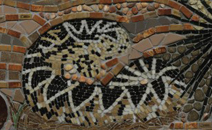
Eastern Diamondback Rattlesnake
(Crotalus adamanteus)
Get More Information
Upland Hammock
The Upland Hammock is characterized by a canopy of native trees, and is home to a variety of wildlife that depend on this unique habitat to survive.

Northern Mockingbird
(Mimus polyglottos)
Get More Information

Horned Owl
(Bubo virginianus)
Get More Information
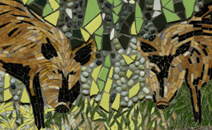
Wild Hogs (Boars)
(Sus scrofa)
Get More Information

Deer
(Odocoileus virginianus)
Get More Information
